Signs and treatment of chlorosis in roses

Roses are the decoration of any garden. But in order for them to please the eye and be the highlight of landscape design, they need constant care. They are quite capricious and prone to a variety of diseases. Therefore, you need to know what, for example, are the signs of chlorosis in roses, and how to ensure timely and correct treatment.
Signs of defeat
Roses need constant inspection... At least once a week, you should pay attention to how the stems, leaves and buds look. If the leaves on the plant began to turn yellow, and the season is in full swing, this may indicate that the bushes were struck by chlorosis. This name comes from the word chlorophyll. This is the substance due to which the leaves have a healthy saturated green color, plants absorb solar energy, develop correctly, grow, and bloom.
With chlorosis, the leaf first becomes faded, loses its juicy color. Then the interveinal gaps begin to gradually turn yellow, as a result, only the veins can remain green. Leaves can curl and wilt, and new ones grow very small. The buds can form, but have an unsightly appearance and fall off without even opening. In short, the plant looks unhealthy.
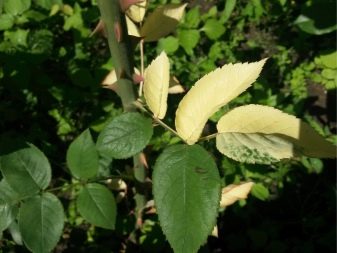

Reasons for the appearance
The occurrence of chlorosis always has certain reasons. And in order to eliminate this ailment, you need to figure out why it arose. After all, this is the only way it will be possible to eliminate it, and return the roses to their former beauty. If nothing is done, and everything is left to chance, the plant may eventually simply die. Infectious chlorosis can occur if it is brought by insects that have visited infected plants.
It is impossible to cure such plants, you need to destroy them as soon as possible so that the disease does not spread to healthy roses. But in most cases, chlorosis appears due to a lack of a variety of substances. For example, roses can feel a lack of iron, manganese, magnesium, sulfur, zinc, nitrogen.
Another reason for the occurrence is excess moisture. This can happen due to prolonged rains or non-compliance with the irrigation regime.
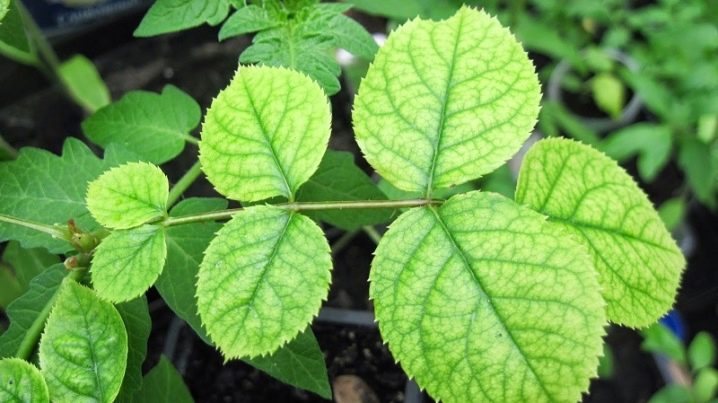
Chlorosis types
Chlorosis can occur in any roses, this applies to bush specimens, and climbing roses, and indoor options. But to make it easier to solve the problem, it is worth understanding which type of disease affected the garden plant.
- Iron... With a lack of iron in the leaves, a uniform yellowing occurs, and only the veins still have a rich green color. First of all, it affects young leaves. Most often, plants planted on calcareous soils are susceptible to this ailment.
- Magnesium... More often it pursues plants that are planted on sandy soils. The leaf looks the same as with iron chlorosis. But at the same time, the disease first captures the lower leaves. First, the edges turn yellow, gradually the changes move across the entire leaf plate.
- Sulfuric... In this case, the leaf will also end up completely yellow. But first, the veins will be subject to such changes, and then the interveinal segment. Here, young leaves are also affected first.
- Nitric... Its appearance can often be observed on acidic soils. And he begins his procession from the lower leaves. First, the veins fade, then the areas near them, and then the entire leaf.
- Zinc... This species can be found on old leaves. Not only yellow spots may appear, but also orange and even red ones.
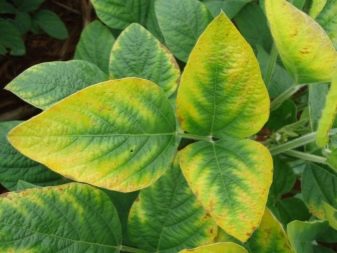

Treatment methods
Knowing what kind of chlorosis struck the plant, you can adjust the treatment. If there is a lack of iron, for example, you can treat the plants with an iron sulfate solution. Spraying the leaves will work. But sometimes you have to act more radically, when it is the soil that needs to be supplied with additional trace elements. Then iron chelates will come to the rescue. You can also treat the plant with self-prepared solutions. For example, you can make a composition of one liter of water, a teaspoon of citric acid and a pinch of ferrous sulfate. The solution is poured under the root of the bush. If you add the same amount of liquid, you can spray on the leaves. The lack of iron will help to fill in "Ferovit", "Ferrilene".
If there is a lack of magnesium or other elements, you can purchase drugs in special garden stores. Usually, the packages always indicate which elements are present in the composition. Magnesium will help to replenish "Mag-bor", as well as magnesium sulfate or dolomite flour... The lack of sulfur can be easily compensated for with the help of drugs such as azofosk with sulfur or potassium magnesium, potassium sulfate is also suitable. Lack of zinc will help fix zinc oxide, zinc sulfate or zinc superphosphate... With a lack of calcium, you can use wood ash, eggshells or slaked lime.
But it is much easier and more correct to prevent the occurrence of chlorosis. Prevention will be more useful for the plant and will not take much time and effort.
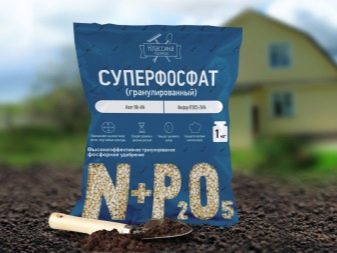

To do this, it is enough to apply organic and mineral fertilizers to the soil several times per season. If it is difficult to understand which element the plant lacks, you can use complex fertilizers that contain everything you need for flowering plants. These include, for example, the following options:
- Florist micro;
- Kemira Lux;
- "Uniflorom micro".
Very often in garden stores you can find fertilizers that are intended specifically for roses. This is the best option. All methods of preparation of the solution are indicated on the package, in this case it is simply impossible to make a mistake.
In addition, preventive measures include:
- loosening the soil;
- weed control;
- timely treatment against pests;
- compliance with the irrigation regime;
- timely removal of dried leaves and faded buds;
- proper preparation of seedlings and seeds before planting, including disinfection of planting material either with the help of special store tools, or with a weak solution of potassium permanganate.
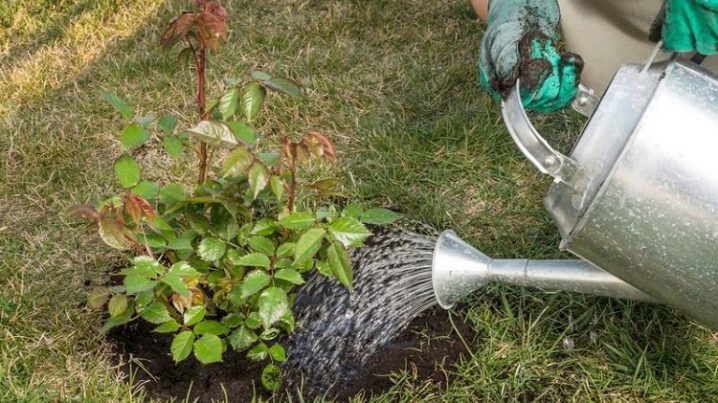

































































































The comment was sent successfully.